San Francisco reparations commission fights to reverse decades of injustice
San Francisco, California – Across the US, the push for reparative justice is picking up steam at the federal, state, and local levels – and San Francisco is no exception.
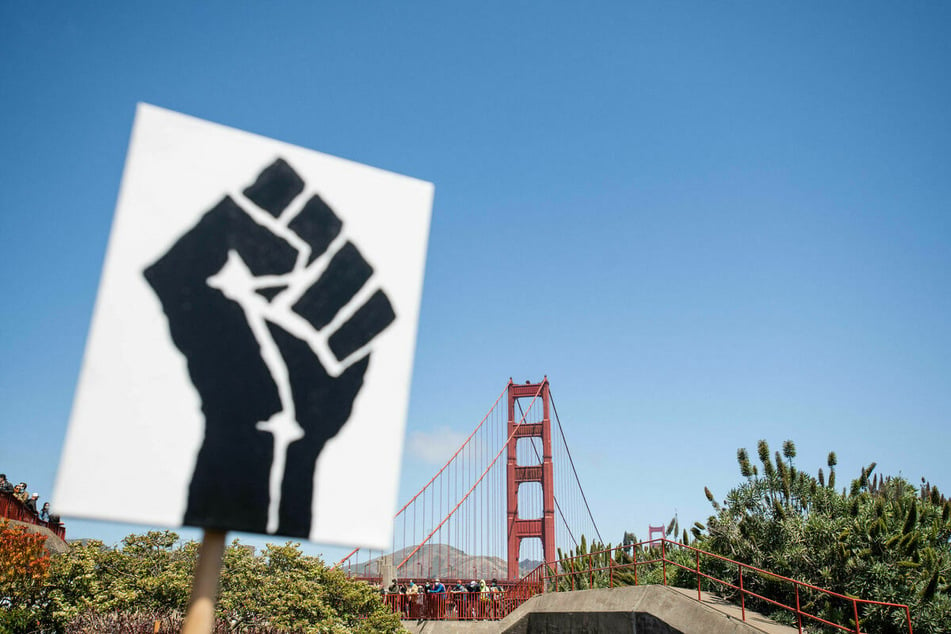
San Francisco is one of the country's most expensive cities to live, but many don't realize that its wealth and prosperity were built partly through the exclusion of Black residents.
TAG24 NEWS spoke with Sheryl Davis, executive director of the San Francisco Human Rights Commission, to learn about the city's efforts to establish a local reparations program to address Black residents' historic disenfranchisement.
The city's African American Reparations Advisory Committee (AARAC) is tasked with developing a reparations plan that acknowledges the historic harm inflicted on Black San Franciscans and addresses the resultant disparities that continue to impact the Black population to this day.
The 15 members of the group were selected in 2021 after the passage of a resolution proposed by San Francisco Supervisor Shamann Walton in February 2020. The members work in various subcommittees addressing issues around economic empowerment, education, health, legislative policy, and more.
The AARAC sits under the San Francisco Human Rights Committee, headed by Sheryl Davis, who grew up in the Bay Area after moving with her family from Texas as a child. Davis herself has experienced firsthand the devastating impact of racial disparities in San Francisco, particularly in her former career as a Kindergarten teacher.
"Seeing the disparities between the kids that I was serving in my school versus the young people that lived in my neighborhood caused me to do a lot more volunteering and to work in community," she told TAG24.
Past policies to address racial disparities in education quality failed, she said, spurring her involvement in various youth development and other community programs. That commitment to leveling the playing field for Black youth eventually led her to where she is today at the Human Rights Commission.
Davis said the AARAC is working to identify the harm experienced by Black San Franciscans and "make it more tangible" so long-term solutions may be found to problems she and others have experienced throughout the years.
Decades of disenfranchisement
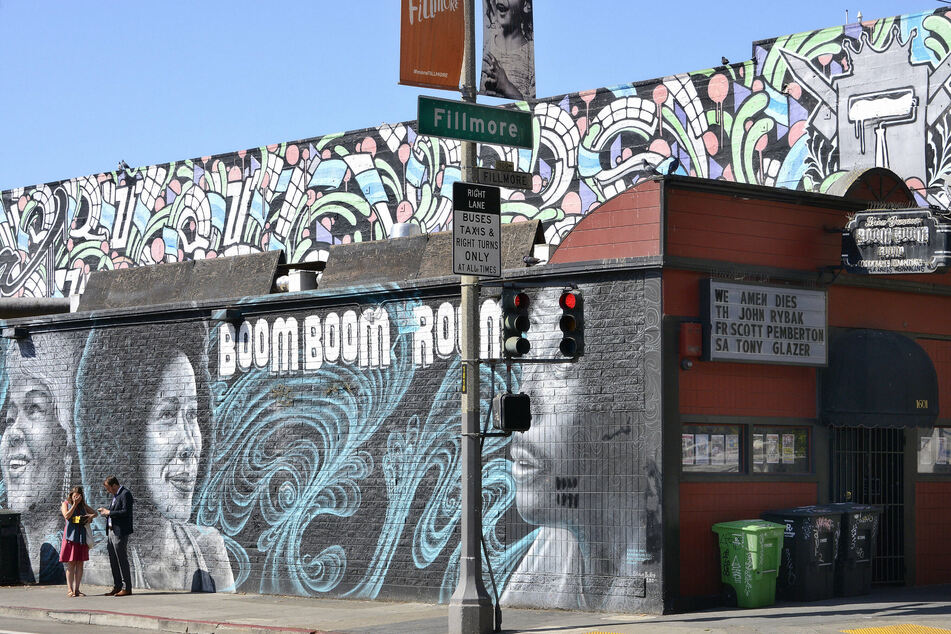
Slavery and decades of racist policies have led to drastically lower economic, educational, and health outcomes for Black San Franciscans.
Nothing makes the City of San Francisco's complicity in that historic oppression more clear than the urban renewal era, when City agencies targeted primarily Black neighborhoods for redevelopment, displacing thousands of residents.
"In some instances, they bulldozed whole neighborhoods and didn't rebuild them for 40 years," Davis explained. "They moved people out by eminent domain and did not give people money for those houses. Some of the houses that remained, that didn't get torn down, are worth millions of dollars today, and people either didn't get paid for them or they were given a couple thousand dollars."
"Who knew 30 years ago that that wonderful Victorian would sell for $5 million?" she asked.
This scheme deprived Black San Franciscans of the means of building generational wealth, the AARAC has found, and contributed to the enormous wealth and income disparities that exist to this day. The average income for a Black household in San Francisco is just $31,000 a year compared to over $100,000 for everybody else, Davis said. These differences have huge implications for health, education, and quality of life.
As a result of generations of displacement, San Francisco's population today is just 6% Black – down from 15-17% just a few decades prior. Nevertheless, more than 50% of those incarcerated today are Black, Davis said, noting that law enforcement and mass incarceration are another focal point of the AARAC's investigations.
The AARAC is committed to developing measures that not only benefit Black people living in San Francisco today but also community members who have fallen victim to gentrification. They have heard from many former residents who would like to return to the city but cannot afford to live there with today's astronomical prices.
"Reparations should make way for those of us who have been pushed out," Davis insisted.
Lasting impacts
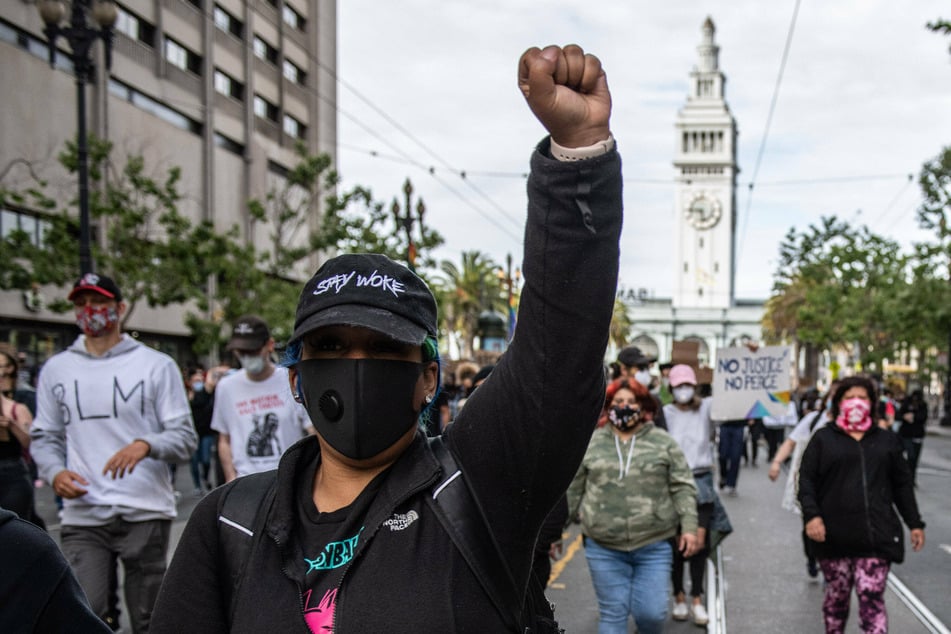
The historic exclusion of Black San Franciscans has had lasting impacts beyond just the economic.
Davis said many community members report feeling a "sense of invisibility" in the city: "People do not see Black folks, and when they do, they only see them as the disparities."
"You hold your purse closer because you pass somebody Black on the street, and you think they're going to take it from you. Or you don't invite them to participate in conversations because you don't think they're smart enough to participate in that conversation. You don't invite them to certain things because you don't think they have enough money to cover that cost. Or you think all Black people are poor or live in public housing or are dangerous," she explained.
The AARAC is looking into creating culturally-affirming spaces where Black people can feel "welcome, respected, appreciated, and valued." They are also considering approaches to physical and psychological healing that take into account Black people's unique cultural experiences.
In doing this work, the commission highlights the particular need for local reparative justice efforts in addition to state and national programs. Though California and San Francisco today are regarded as relatively progressive by US standards, those progressive practices may still be inherently racist if they do not take into account the perspectives of Black residents – which Davis said is common.
"It goes back to people being made invisible or putting policies over lived experience," she described. "A lot of times what people have felt is that when they come in and say, 'This is my reality,' the progressive state says, 'That's not really it. You just misunderstood it,' which causes more trauma, which causes more harm."
"I don't want to debate with you about what my reality is or what my lived experience is based on what you think your policies are," Davis said, warning that failing to consider Black people's perspectives in policymaking can lead to even more disengagement, disenfranchisement, and pain – a course the AARAC is looking to reverse.
The problem of Prop 209
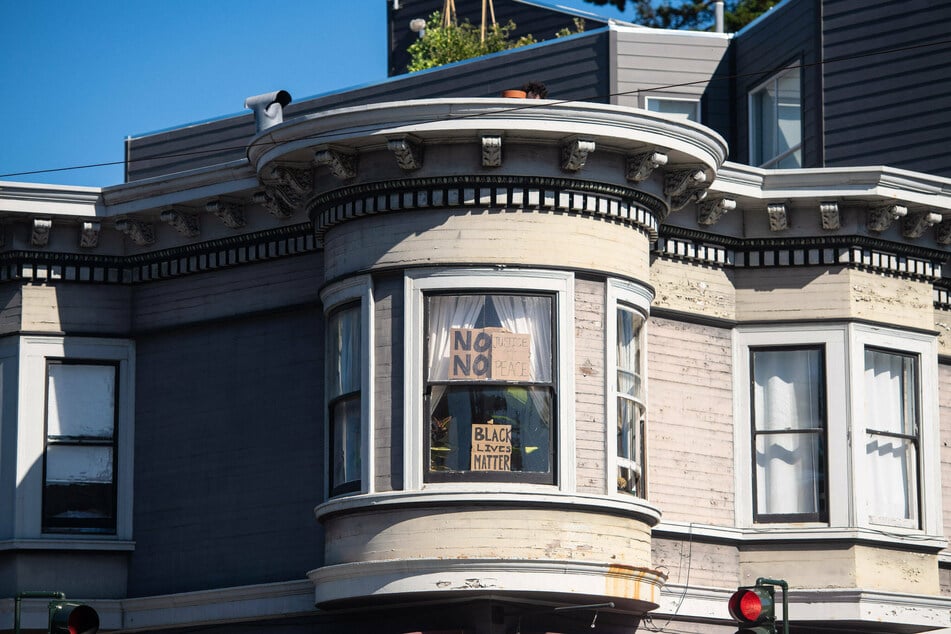
The AARAC is listening and developing proposals to address the harm inflicted on Black residents, but there's a hitch when it comes to following through on those recommendations.
California's Proposition 209 prohibits consideration of race when it comes to decisions around public education, employment, and contracting.
One of the challenges the AARAC is facing is finding ways to talk about redress without naming race as a factor in their policy proposals.
Davis said there are several options the committee is reviewing so far to sidestep the problem of Prop 209.
In one scenario, San Francisco could dictate that those qualifying for reparations have to be descendants of people who were enslaved in the US during a certain timeframe – one of the arguments employed in the California Reparations Task Force's controversial decision to limit eligibility based on lineage.
Another model the AARAC is looking at is the local reparations program in Evanston, Illinois, which distributes housing grants to Black homeowners who were displaced around a set period of time.
In San Francisco, around 12,000 people – 10,000 of whom were Black – were displaced from housing during the urban renewal era, Davis explained. When they were moved, they were given certificates of preference for housing lotteries, so one possible solution could be to make reparations available to those people and their descendants.
Even then, there aren't great records available, which creates more challenges for the committee: "They did a search for those folks and the descendants. When they did look for the 10,000 people, I think they found like 100."
Focus on implementation
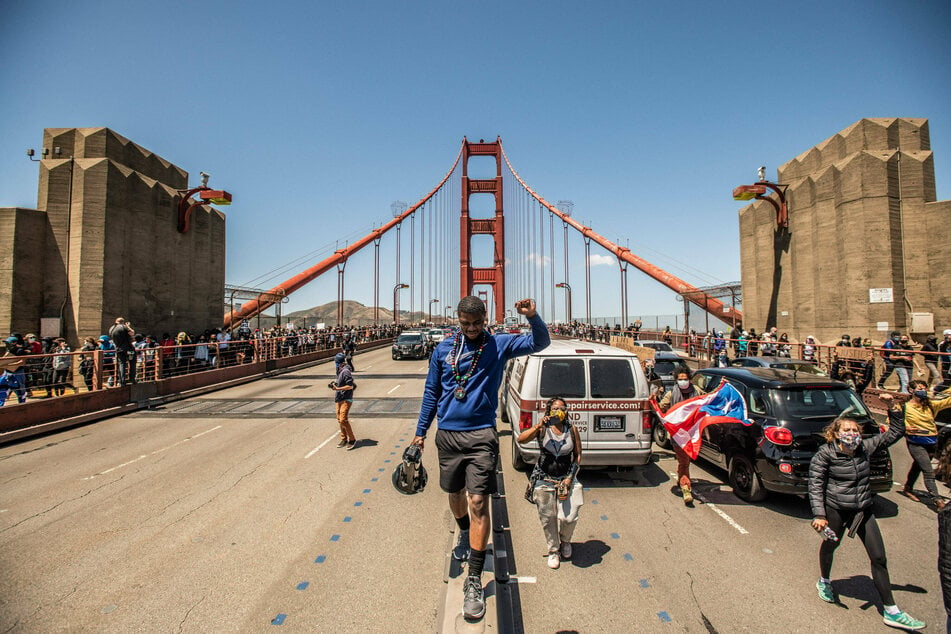
For Davis and other advocates, one of the central priorities remains ensuring that an initial reparations program isn't just a one-and-done deal.
Instead, there should be "a real commitment to the process of restoration – restoring people and communities and culture back to folks that it's been lost and taken from and that folks are so wounded from," Davis said.
"For me, part of this is less about this process to get to reparations but more about the actual process of implementation," she continued. Making a continuous commitment means "not thinking that outcomes are going to change overnight after 400 years."
Davis used an analogy of repairing a house with a roof leak to illustrate her point: "You get it repaired, and yes, you paid for the roof – that was the reason that it was damaged. But it's not going to change the fact that because I lived with that roof leaking for 40 years, I now have asthma and I now have to replace the floors in the house and the furniture that was sitting where the leak was."
"It's more than just repairing the roof. It's all the things that happened because the roof was damaged, and some of it money can't fix," she added. "If we do a one-size-fits-all, we're going to miss the person with the health ailments, but their house will be fixed."
That's why the AARAC is working to understand and communicate the "the bigger issue and the ripple effect" of generations of disenfranchisement, so first steps can be taken to finally put a stop to that harm in all its forms.
Cover photo: IMAGO / MediaPunch

